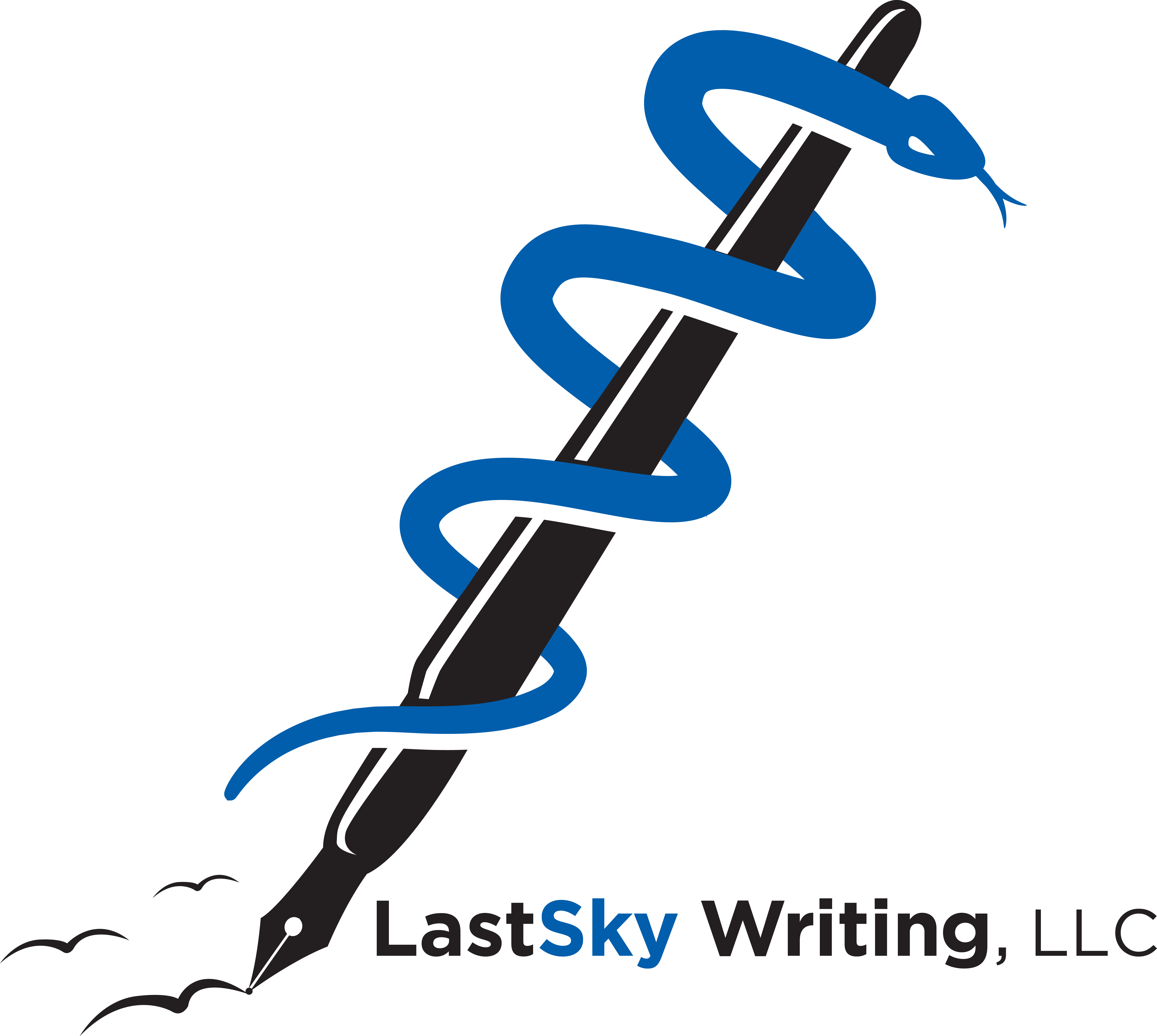If you are a physician writing nonfiction, is it, by default, medical writing? Well, not always. Both the medical writing industry and the commercial publishing industry have different categories of writing (or genres and subgenres, when it comes to commercially available books in particular), and it helps to know where you fit in.
Types of Medical Writing
The good news is that there is a wide variety of medical writing opportunities, and physicians—particularly physician scientists—can be well suited to break into any of them.
Regulatory Writing
One of the most common types of medical writing is known as “regulatory writing,” which encompasses the writing and editing of regulatory documents, often for pharmaceutical or medical device companies seeking to have their products approved by a regulatory body such as the U.S. FDA or the European Medicines Agency (EMA).
Such regulatory documents may include New Drug Applications (NDAs), Clinical Evaluation Reports (CERs), Clinical Study Reports (CSRs), regulatory briefing documents, and more.
Clinical Trials Writing
This area of medical writing includes the creation of IRB protocols and consent forms, clinical trial protocols, standard operating procedures, and the generation of all study documents and administrative materials related to the operation of a clinical trial.
Publications
This refers primarily to the writing of abstracts and manuscripts for publication in peer-reviewed medical journals, but can also include poster presentations at medical specialty society meetings.
Grant Writing/RFP Writing
Many companies, particularly non-profit organizations, are looking for skilled grant writers in the medical and health space. Grants may be funded by private or public/federal entities, and a good grant writer will know how best to appeal to each.
On the other end of the continuum, organizations—sometimes the same ones!—also look for writers with experience in drafting requests for proposals, or RFPs.
CME Writing
I find that physician writers have a particular advantage when it comes to the writing, editing, and review of continuing medical education (CME) materials, because all of us have been through plenty of CME courses ourselves, in various formats.
CME documents can take the form of anything from pamphlets and brochures to slide decks to textbook chapters. There is also a plethora of CME offerings that are now available online, and companies that offer these often look for MDs to provide medical review to ensure that their materials are both accurate and up-to-date.
Patient Education
This is a broad term, covering everything from health blogs and website content to promotional materials and direct-to-consumer advertising by pharmaceutical and medical device companies. It can also refer to educational materials produced by health systems, hospitals, clinics, and other patient-care organizations and institutions.
What is not usually covered under the umbrella term of “medical writing” (at least not in the context of the broader healthcare and pharma industries) is consumer-health writing—health blogging or articles in consumer magazines, for instance. Similarly, what the commercial publishing industry considers to be “prescriptive nonfiction” or “self-help” is also not what is usually meant when you see or hear the term “medical writing.”
However, physician writers have a lot to offer the consumer audience and the lay public, so keep an open mind as to how you can contribute as a nonfiction writer to the wellspring of much-needed accurate health information. Often, physician authors find that they are able to combine expertise and experience in several of the above areas to build a medical writing career.
Looking to start a medical writing career or have questions about any of the above? Check out my services and contact me for more information!

